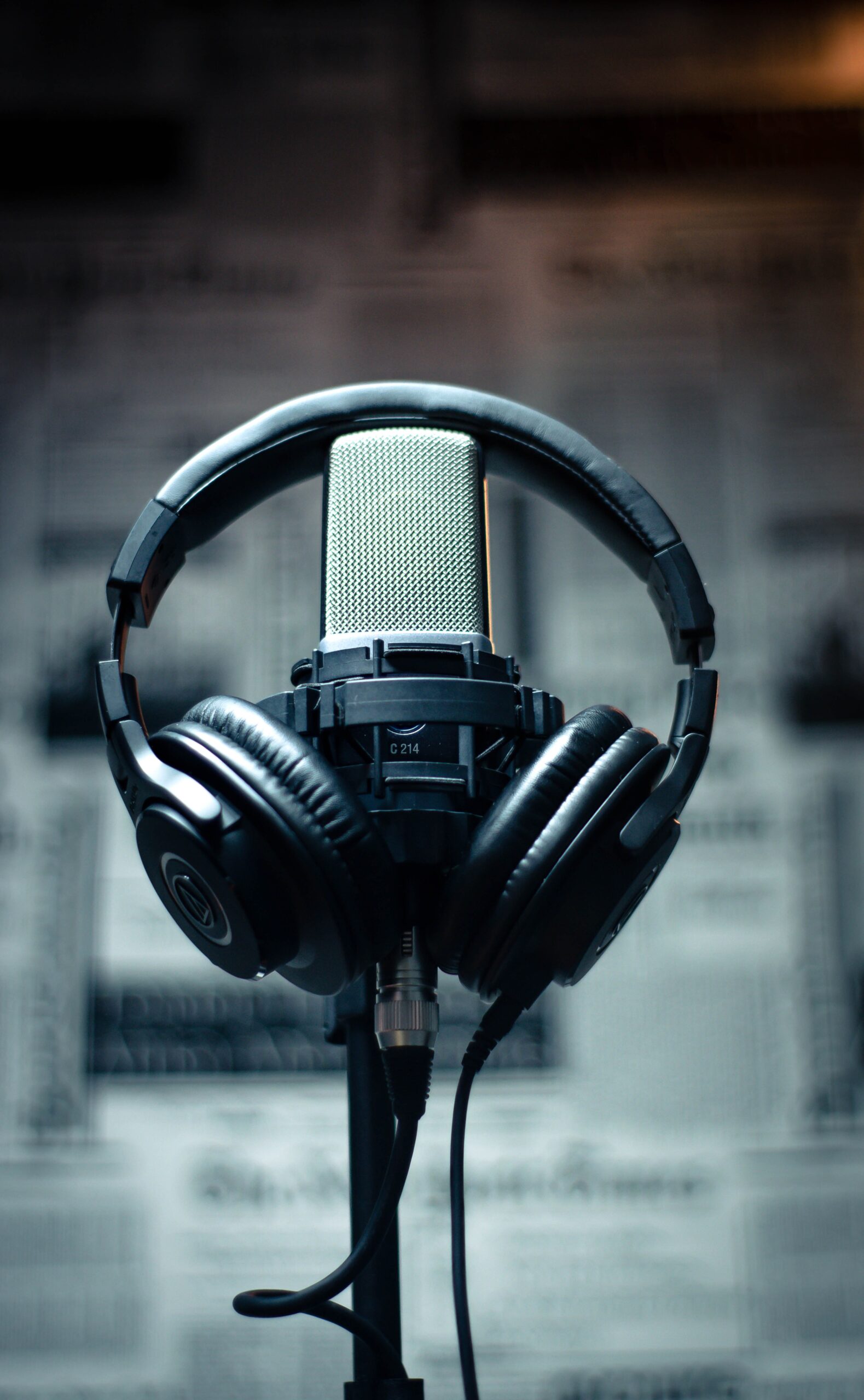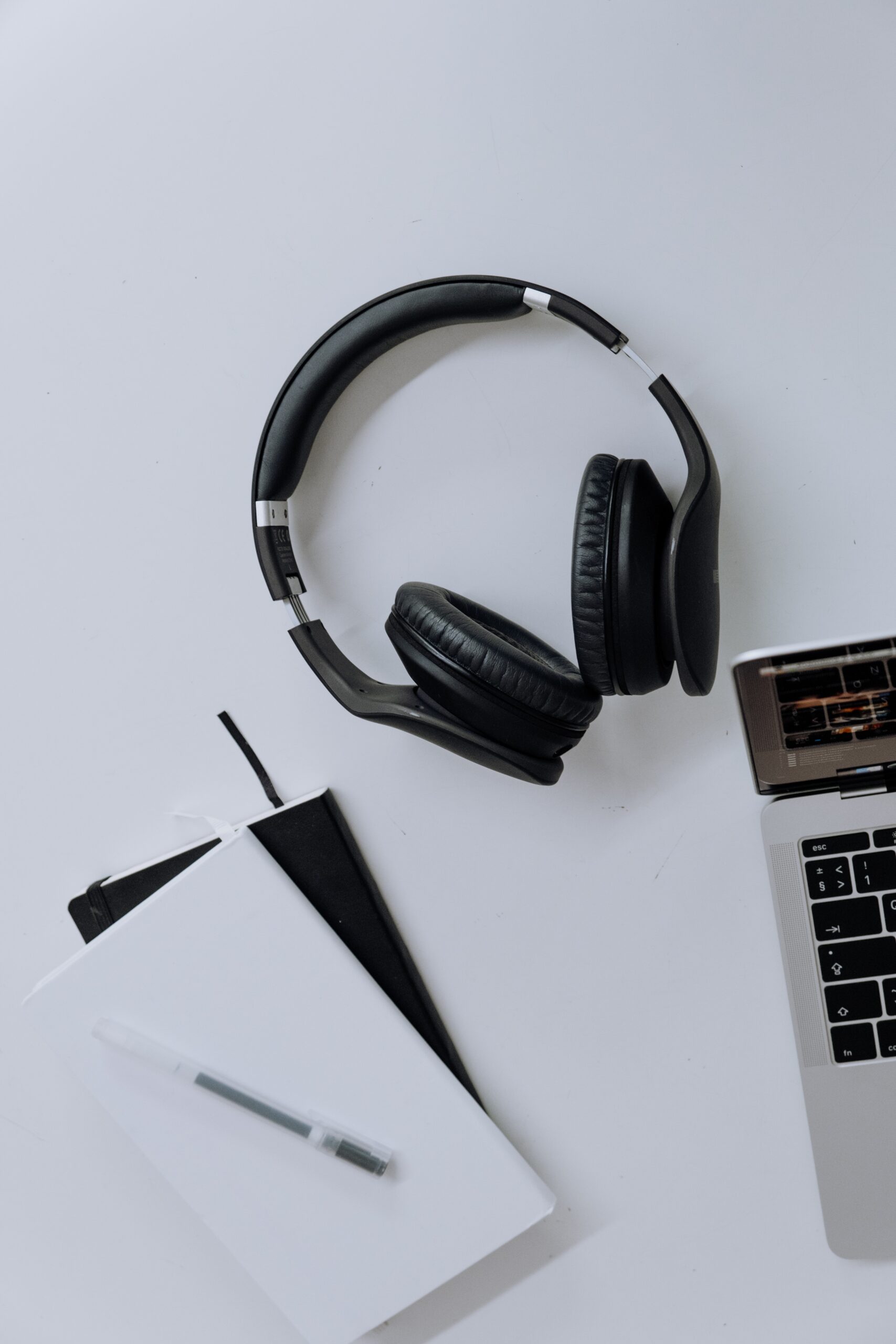Best Podcast Equipment
What Is The Best Podcast Equipment To Use?
Podcasting has become increasingly popular in recent years, and it’s no wonder why. With the rise of on-demand audio content, people have started to look for more and more ways to create their own podcasts. If you’re new to the world of podcasting, you may be wondering where to start when it comes to equipment. In this guide, we will be discussing the best podcasting equipment for beginners in 2023.
If you are looking for a podcast transcription service then click here.
Microphones
The first piece of equipment you will need for podcasting is a microphone. There are two main types of microphones: dynamic and condenser. Dynamic microphones are great for podcasters who record in noisy environments as they are more directional and do a better job of rejecting background noise. On the other hand, condenser microphones are more sensitive and capture a wider frequency range, making them ideal for recording in a studio or quiet space.
Audio-Technica ATR2100x-USB Cardioid Dynamic Microphone
The Audio-Technica ATR2100x-USB is a versatile and affordable microphone that is perfect for podcasting. It can be used with both USB and XLR connections, making it easy to connect to your computer or mixer. The microphone has a cardioid polar pattern which means it is great at rejecting background noise, making it perfect for recording in noisy environments. It also has a built-in headphone jack which allows you to monitor your recording in real-time.
Rode NT1-A Condenser Microphone
If you’re looking for a high-quality condenser microphone, the Rode NT1-A is a great option. It has a wide frequency response range, making it ideal for capturing the nuances of your voice. The microphone is also incredibly quiet, with a self-noise level of only 5dBA, making it perfect for recording in a quiet studio environment.

Headphones
The next piece of equipment you will need is a good pair of headphones. Headphones are essential for monitoring your recording in real-time and for making sure that you are not picking up any unwanted background noise.
Audio-Technica ATH-M50x Professional Studio Monitor Headphones
The Audio-Technica ATH-M50x headphones are a popular choice among podcasters and for good reason. They are comfortable to wear for long periods and provide excellent sound quality, making it easy to monitor your recording. They also have a closed-back design, which helps to isolate sound and prevent sound leakage.
Sony MDR7506 Professional Large Diaphragm Headphone
If you’re looking for a more affordable option, the Sony MDR7506 headphones are a great choice. They are also comfortable to wear for long periods and have a closed-back design that helps to isolate sound. They provide good sound quality and are ideal for monitoring your recording.
Audio Interface
An audio interface is the piece of equipment that connects your microphone and headphones to your computer. It is essential for converting the analog signal from your microphone into a digital signal that can be recorded on your computer.
Focusrite Scarlett Solo (3rd Gen) USB Audio Interface
The Focusrite Scarlett Solo is a popular choice among podcasters. It is easy to use and provides excellent sound quality. It has a single XLR input, making it easy to connect your microphone, and also has a headphone output for monitoring your recording in real-time. It also comes with a free copy of Ableton Live Lite, which is a great piece of software for recording and editing your podcast.
Behringer U-Phoria UM2 Audio Interface
If you’re on a tight budget, the Behringer U-Phoria UM2 is a great option. It is an affordable and reliable audio interface that provides good sound quality. It has a single XLR input and also has a 1/4 inch instrument input, making it suitable for musicians who want to record their instruments as well. It also has a headphone output for monitoring your recording.

Pop Filter
A pop filter is a piece of equipment that helps to reduce plosive sounds in your recording. Plosives are the sharp “p” and “b” sounds that can cause distortion in your recording.
Auphonix Pop Filter for Blue Yeti Microphone
The Auphonix Pop Filter is a great choice if you have a Blue Yeti microphone. It is easy to attach and provides excellent plosive reduction. It is also adjustable, so you can position it exactly where you need it.
Stedman Proscreen XL Pop Filter
The Stedman Proscreen XL is a universal pop filter that can be used with any microphone. It has a unique design that helps to reduce plosives without affecting the overall sound quality. It also has a rugged construction, making it a durable choice for podcasters.
Boom Arm
A boom arm is a piece of equipment that holds your microphone in place and allows you to position it exactly where you need it. It also helps to reduce handling noise and vibrations.
Rode PSA1 Swivel Mount Studio Microphone Boom Arm
The Rode PSA1 is a popular choice among podcasters. It is easy to adjust and holds your microphone securely in place. It also has a horizontal reach of 820mm, making it suitable for a wide range of recording setups.
Heil PL-2T Overhead Broadcast Boom
The Heil PL-2T is a durable boom arm that can hold heavier microphones. It has a unique top mounting system that allows you to position your microphone exactly where you need it. It also has a reach of up to 45 inches, making it suitable for larger recording setups.
In summary, the essential equipment for podcasting includes a microphone, headphones, and an audio interface. A pop filter and a boom arm can also be helpful for improving the quality of your recordings, but they are not essential. The Audio-Technica ATR2100x-USB and the Rode NT1-A are great microphone choices for podcasting. The Audio-Technica ATH-M50x and the Sony MDR7506 are both great headphone choices. The Focusrite Scarlett Solo and the Behringer U-Phoria UM2 are both good audio interface options. The Auphonix Pop Filter and the Stedman Proscreen XL are both great pop filter choices, while the Rode PSA1 and the Heil PL-2T are great boom arm choices.
Once you are on your way, and are looking for options to monetise your podcasts, then visit this link.
Remember that while high-quality equipment is important, the most important aspect of podcasting is your content. So, focus on creating engaging and informative content and let your equipment support you in delivering it. Happy podcasting!
Want to find out more?
Here’s a bullet list of each piece of equipment discussed in this article along with a website link where you can find out more about it:
Microphones
Audio-Technica ATR2100x-USB – https://www.audio-technica.com/en-us/atr2100x-usb
Rode NT1-A – https://www.rode.com/microphones/nt1-a
Headphones
Audio-Technica ATH-M50x – https://www.audio-technica.com/en-us/ath-m50x
Sony MDR7506 – https://pro.sony/en_US/products/studio-headphones/mdr-7506
Audio Interfaces
Focusrite Scarlett Solo – https://focusrite.com/en/usb-audio-interface/scarlett/scarlett-solo
Behringer U-Phoria UM2 – https://www.behringer.com/product.html?modelCode=P0B1O
Pop Filters
Auphonix Pop Filter for Blue Yeti Microphone – https://auphonix.com/product/auphonix-pop-filter-blue-yeti-microphone/
Stedman Proscreen XL Pop Filter – https://www.stedmancorp.com/proscreen-xl
Boom Arms
Rode PSA1 Swivel Mount Studio Microphone Boom Arm – https://www.rode.com/accessories/psa1
Heil PL-2T Overhead Broadcast Boom – https://www.amazon.com/Heil-Sound-PL-2T-Overhead-Broadcast/dp/B000SZVZ74
Additional Services
About Captioning
Perfectly synched 99%+ accurate closed captions for broadcast-quality video.
Machine Transcription Polishing
For users of machine transcription that require polished machine transcripts.
